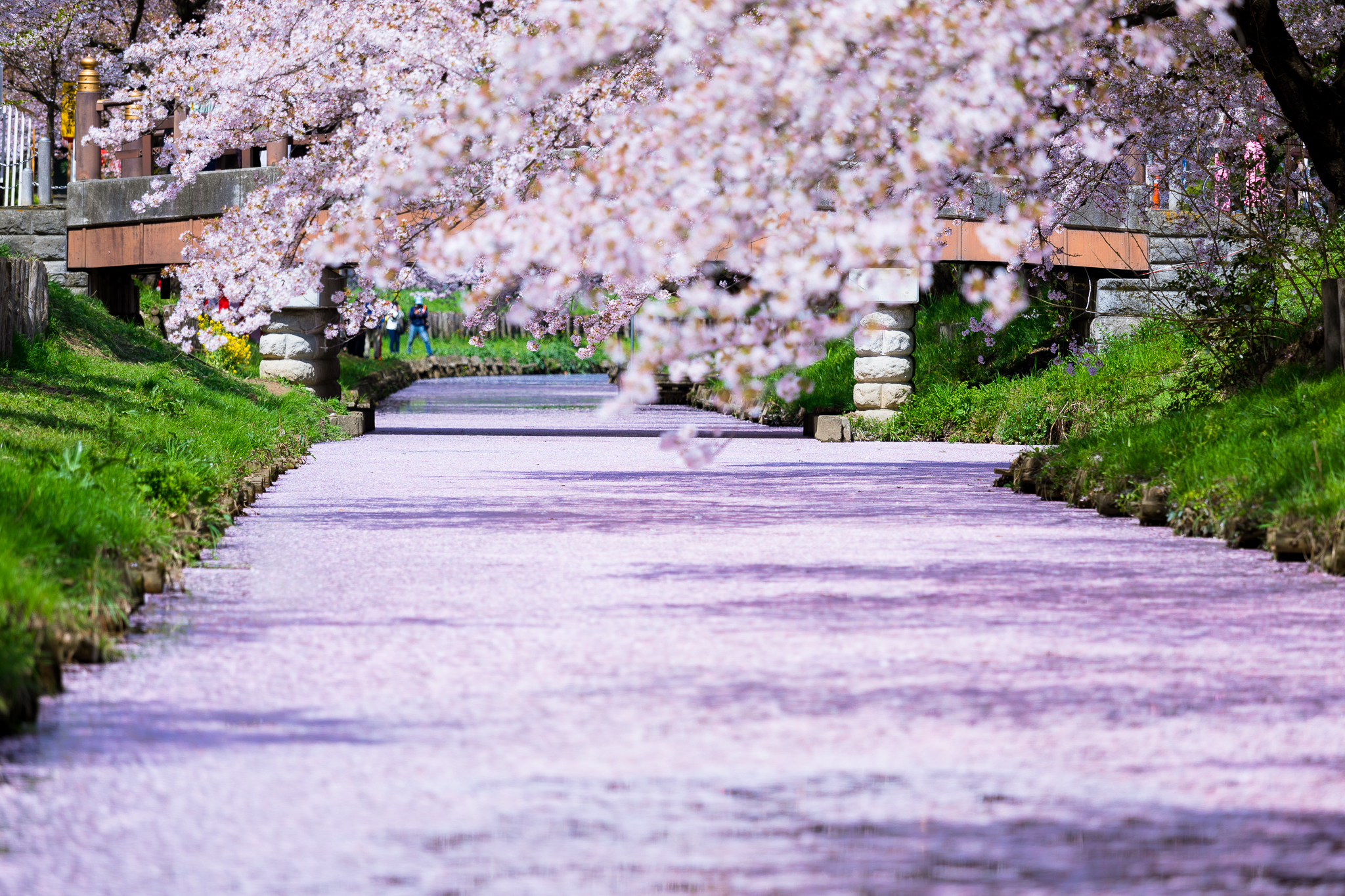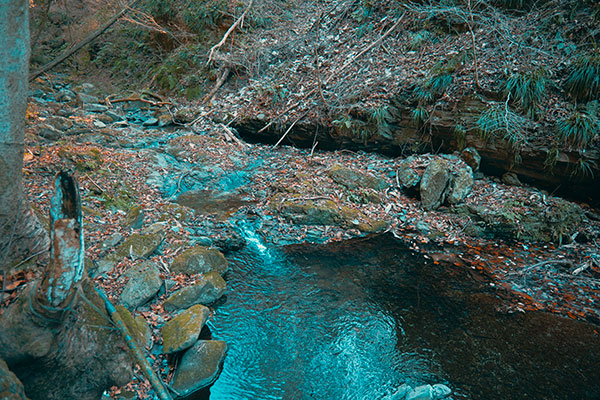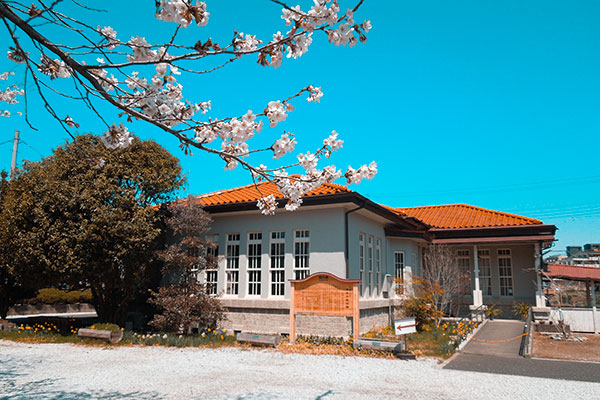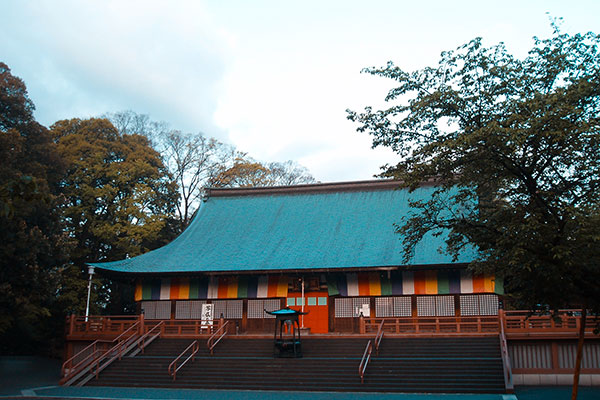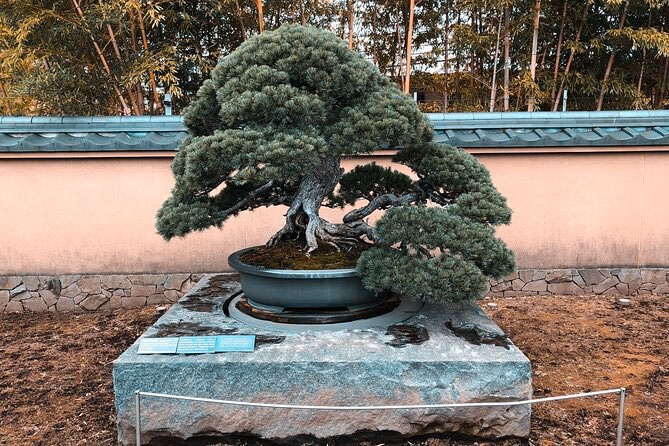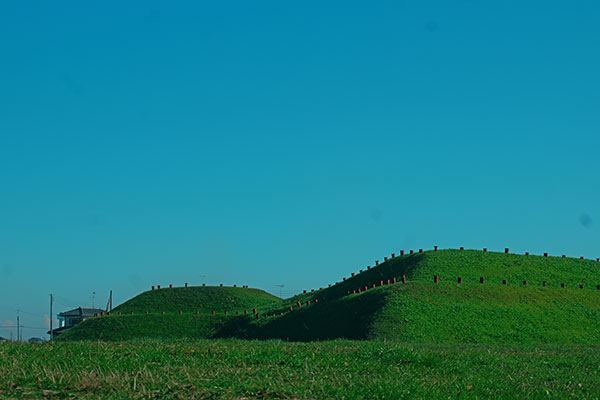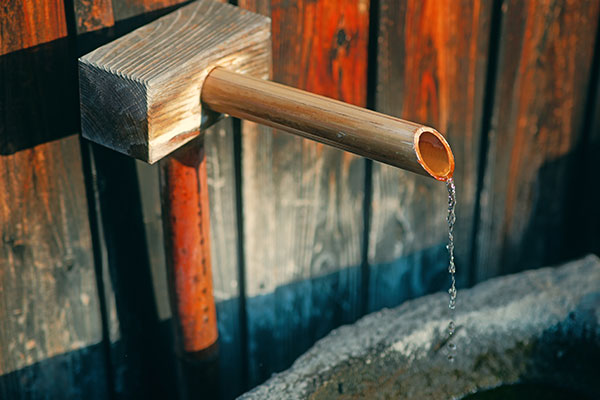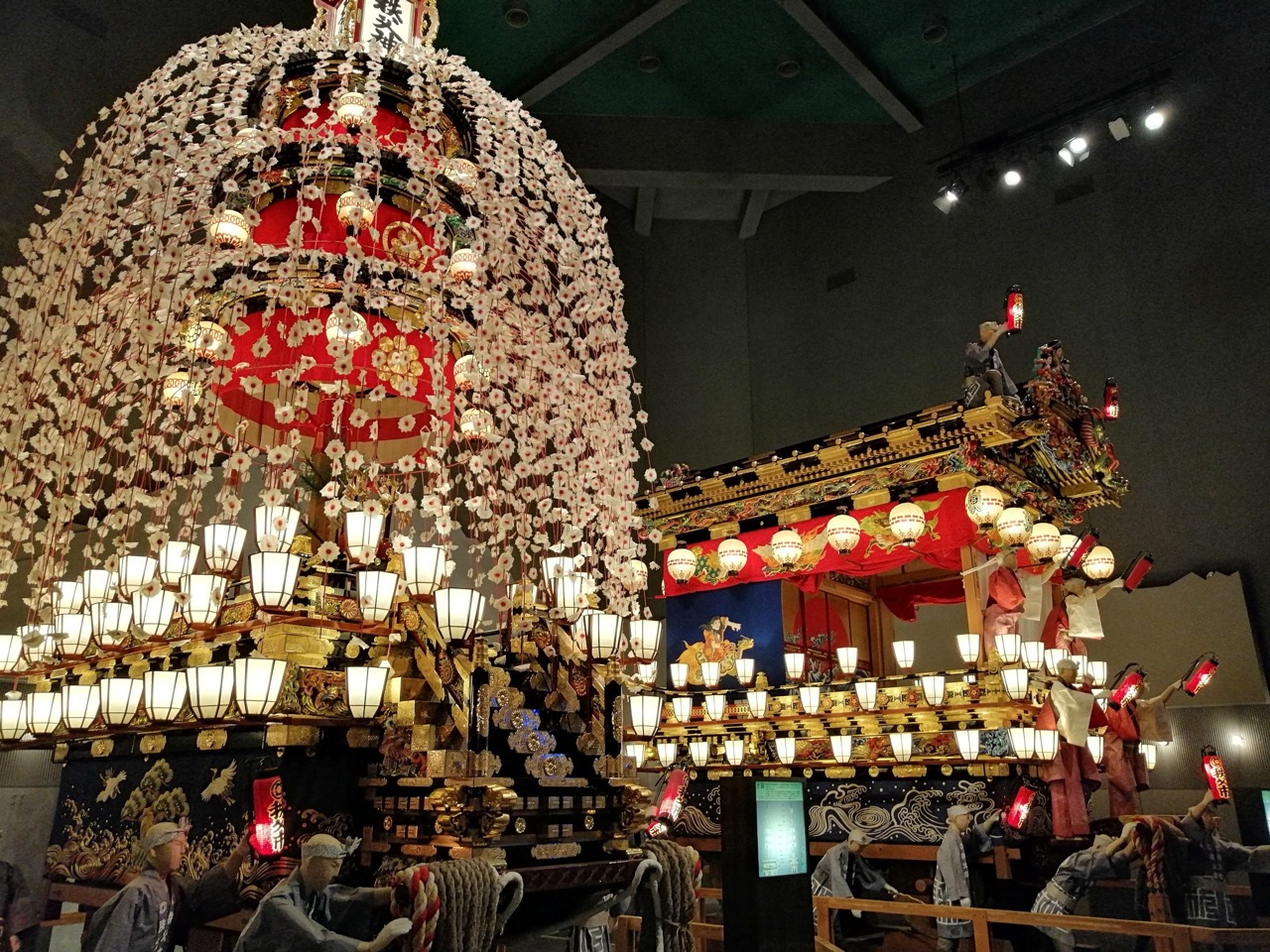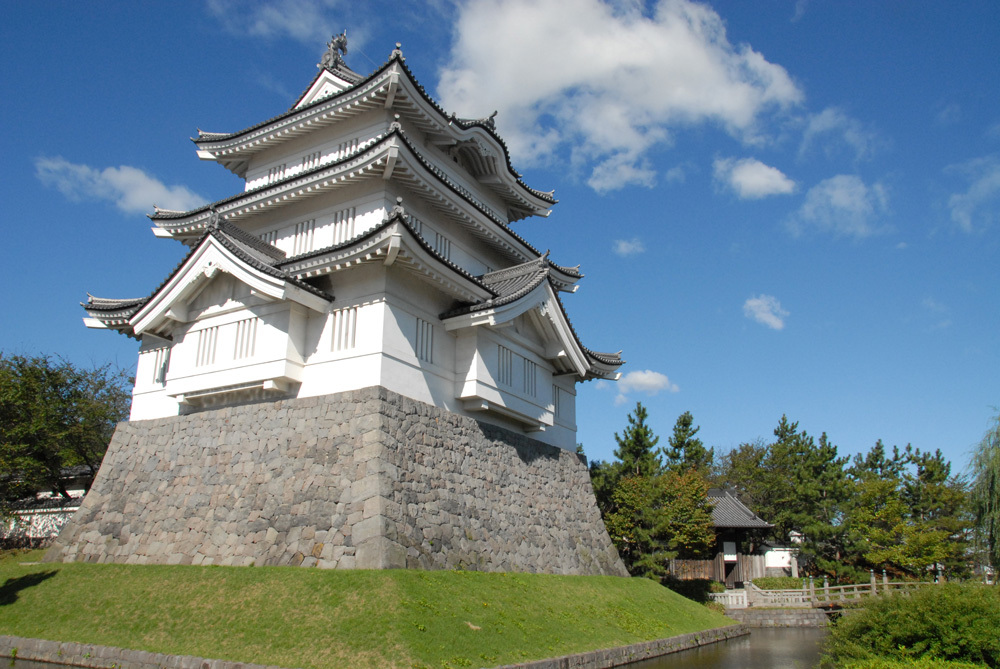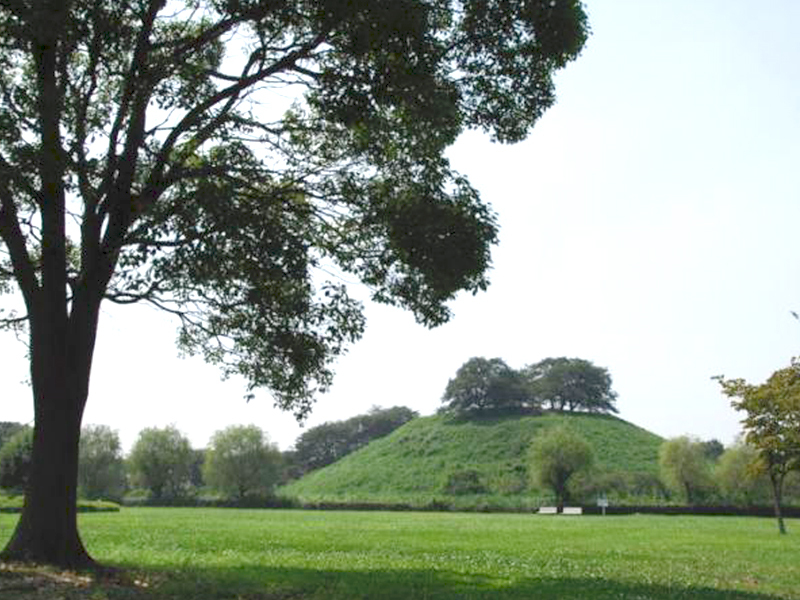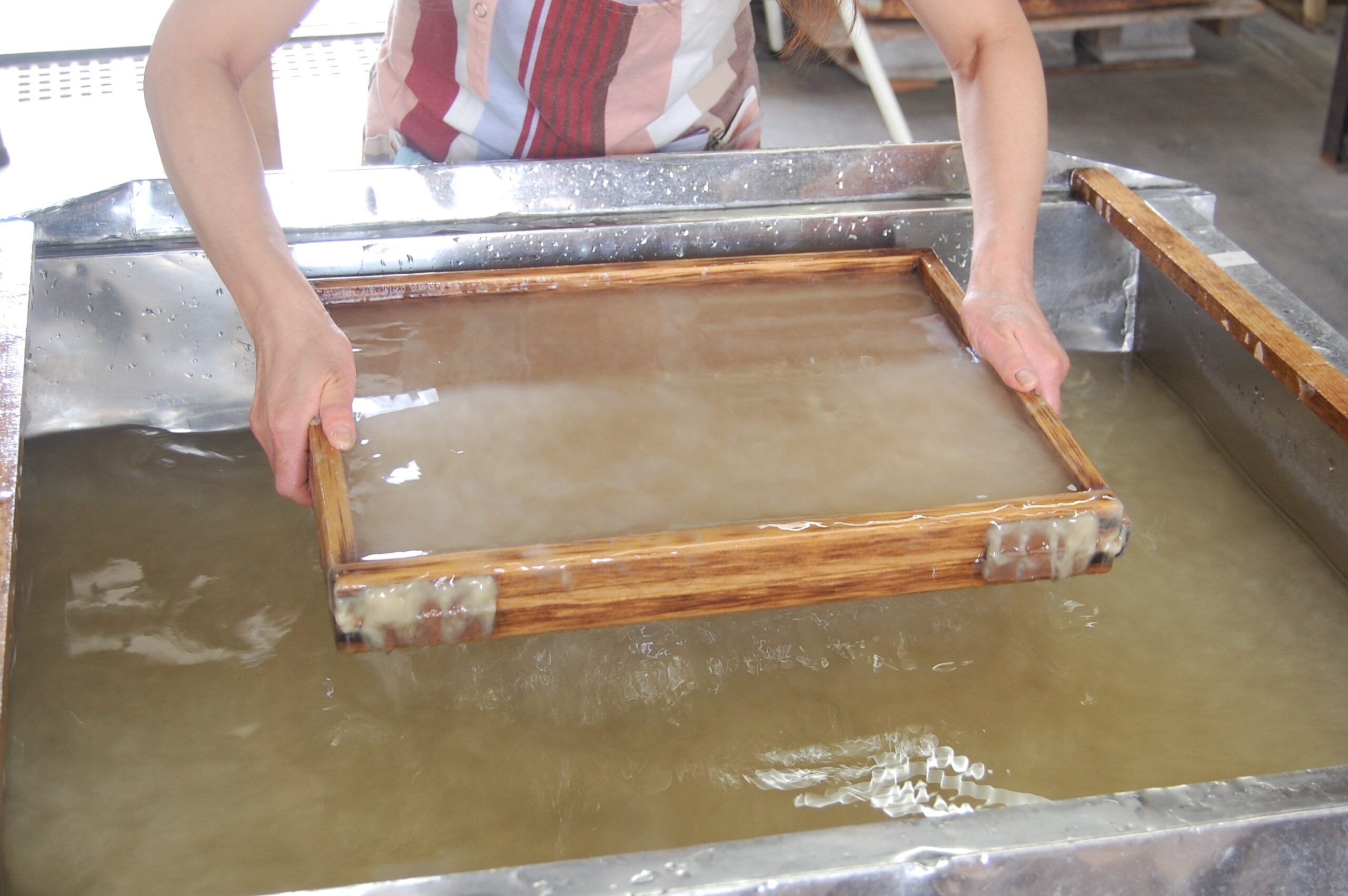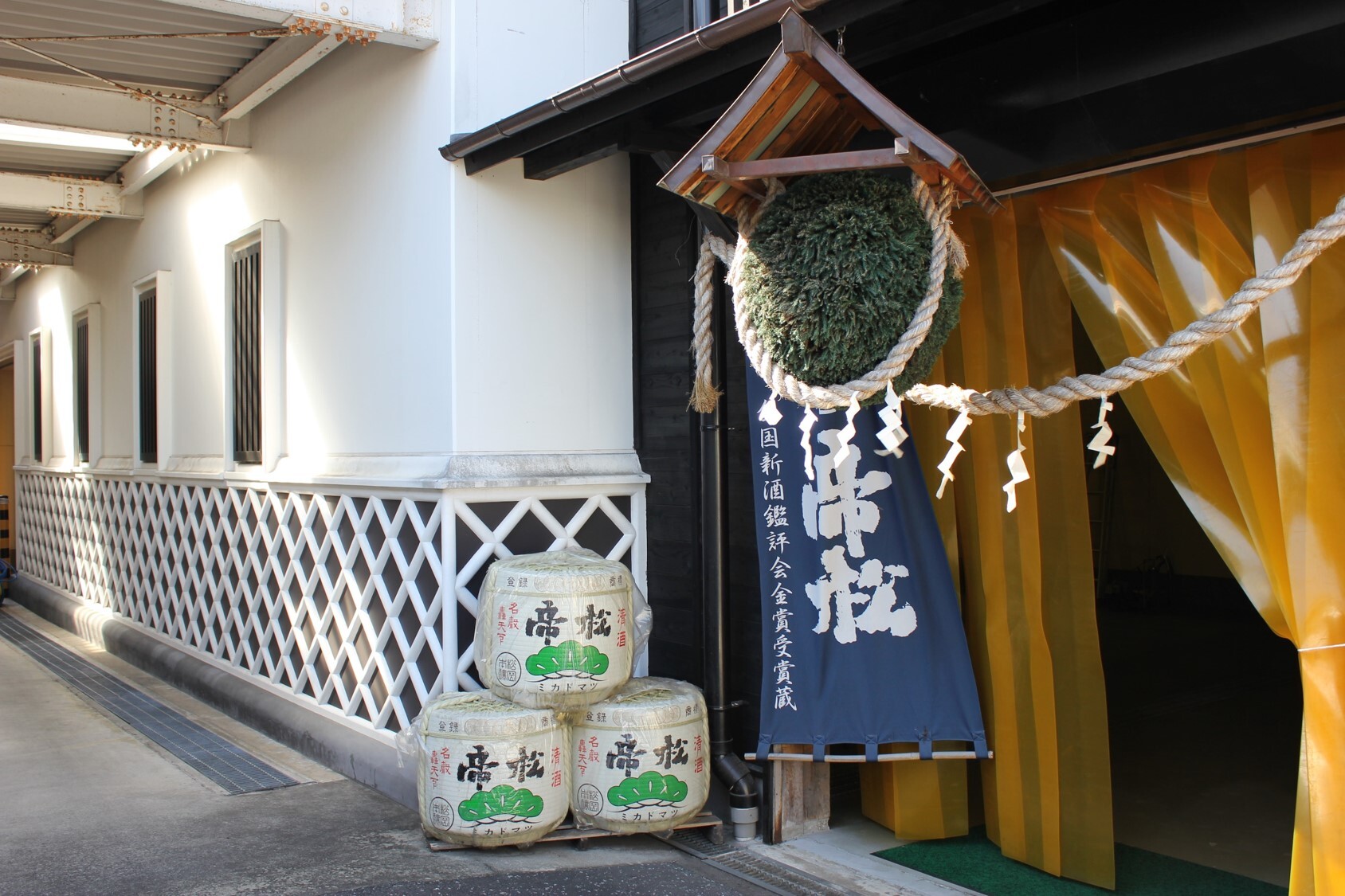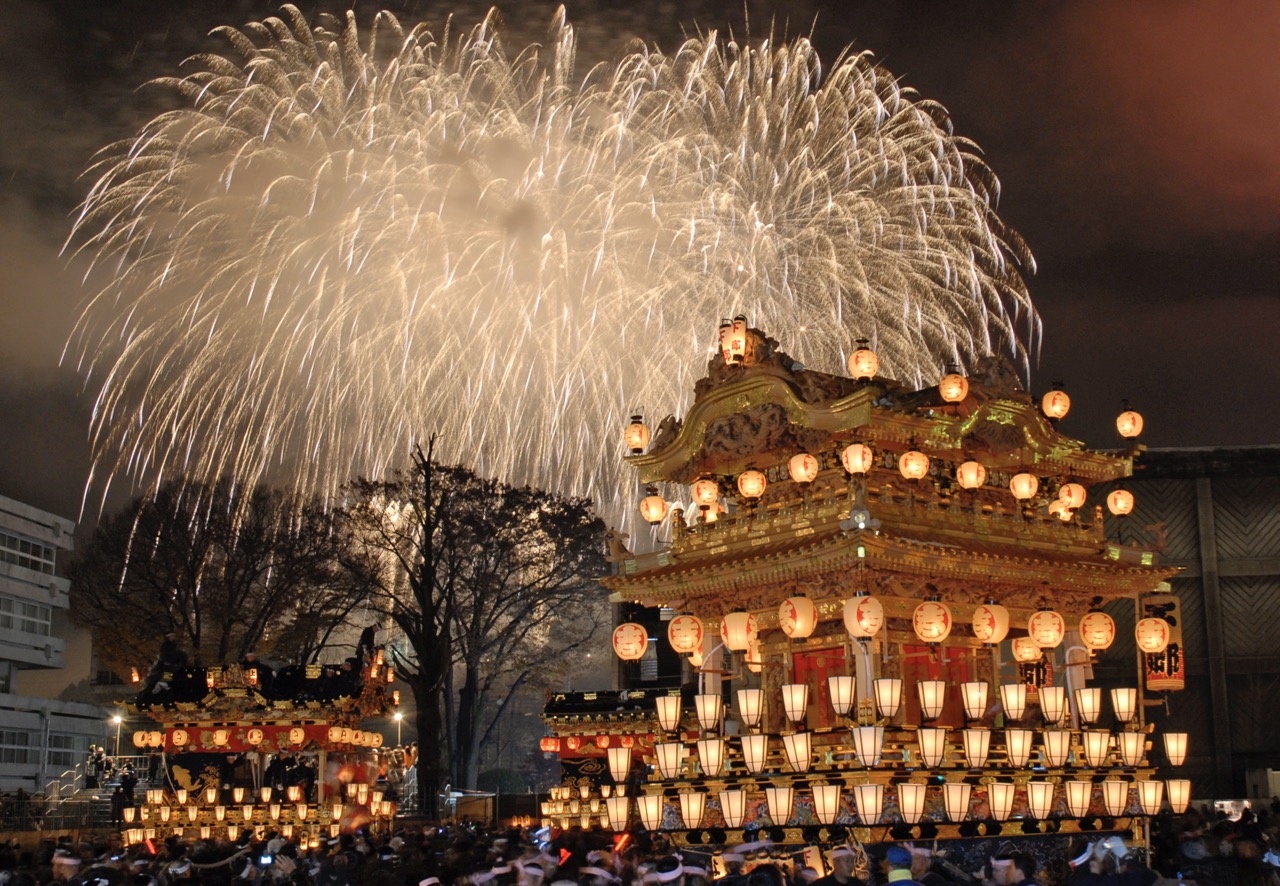Nestled just northwest of Tokyo, Kawagoe, often referred to as “Little Edo”, is a city where the echoes of Japan’s medieval past still resonate through its well-preserved streets and historic landmarks. A city shaped by warring samurai, powerful feudal lords, and prosperous merchants, Kawagoe is more than just a nostalgic retreat—it is a living testament to Japan’s feudal history, Edo-period commerce, and architectural heritage.
From its medieval samurai strongholds to the bustling Edo-era streets of Kurazukuri, where merchants once thrived, Kawagoe offers a rare glimpse into a Japan that has long since disappeared in most other regions. This article delves into the origins of Kawagoe, its transformation under the Tokugawa shogunate, and the key historical sites that define its cultural landscape today.
The Rise of Kawagoe: A Medieval Samurai Stronghold
Kawagoe’s prominence booms in the late Heian period (794–1185) and the early Kamakura period (1185–1333), when the region was dominated by powerful warrior clans who controlled vast estates across the Musashi Plain. Among them, the Kawagoe Clan, descended from the influential Chichibu Clan, rose to prominence. Establishing their fortified residence in Ueto, the Kawagoe lords became vital allies of the Kamakura shogunate, ensuring their dominance in the region.
One of the most famous figures of this era was Kawagoe Shigeyori, whose daughter married Minamoto no Yoshitsune, the legendary younger brother of shogun Minamoto no Yoritomo. This alliance solidified the Kawagoe Clan’s influence, making the region a key strategic outpost in eastern Japan.
The Construction of Kawagoe Castle (1457)
The true transformation of Kawagoe, however, came in 1457, during the Muromachi period, when the powerful Ōgigayatsu Uesugi Clan ordered the construction of Kawagoe Castle. Built by Ōta Dōkan, the same military strategist who designed Edo Castle (modern Tokyo’s Imperial Palace), the fortress became a cornerstone of Uesugi power in Kanto. During the late 15th and early 16th centuries, Kawagoe was frequently caught in the crossfire of territorial disputes between the Uesugi Clan and the rising Hōjō Clan of Odawara. One of the most significant battles in Japan’s medieval history—the Battle of Kawagoe Night Raid (1546)—was fought on these very lands. In a daring midnight counterattack, Hōjō Ujiyasu led a vastly outnumbered force to crush the combined armies of the Uesugi and their allies, marking the beginning of the Hōjō’s dominance over the Kanto region.
The Castle after the Edo Period
Following the Edo period, Kawagoe Castle underwent significant changes as Japan transitioned into the modern era. After the Meiji Restoration in 1868, the castle’s military function became obsolete, and much of its structure was dismantled under the government’s policy to eliminate feudal symbols. While many of the castle’s buildings were lost, the Honmaru Goten—its main hall—survived and remains one of the few existing examples of Edo-period castle architecture in eastern Japan. Designated as a cultural property by Saitama Prefecture, it now serves as a historical museum, offering a glimpse into the administrative and domestic life of a feudal domain. Though the grand scale of the original castle is no longer visible, its surviving components and the surrounding parklands preserve the legacy of Kawagoe’s former status as a political and strategic stronghold.

The Edo Period: Kawagoe’s Transformation Under Tokugawa Rule
With the fall of the Hōjō in 1590, Tokugawa Ieyasu claimed Kawagoe as part of his newly established power base in Edo (modern Tokyo). Under Tokugawa rule, Kawagoe became one of the most important castle towns in Kanto, serving as a strategic defense post for Edo’s northern frontier. The Tokugawa shogunate placed Kawagoe under the control of powerful daimyo families, including the Sakai, Matsudaira, and Okudaira Clans, who were entrusted with governing and protecting the region. Under Matsudaira Nobutsuna, one of the shogunate’s most influential figures, Kawagoe Castle was extensively rebuilt in the mid-17th century, transforming it into one of the most formidable strongholds of the Edo period. The castle town itself was carefully planned, with distinct samurai districts, merchant quarters, and temple zones, ensuring social order and economic growth.

The Rise of the Kurazukuri Merchant District
By the late Edo period, Kawagoe had developed into one of the wealthiest commercial hubs in Kanto, thanks in part to the Shingashi River and Kawagoe’s strategic location along the Kawagoe Kaidō, a major trade route linking it to Edo.
Merchants built Kurazukuri (earthen storehouses) to protect their goods from fire and theft, giving Kawagoe its signature black-walled architecture that survives to this day. Many of these storehouses remain fully intact, allowing visitors to step into a preserved Edo-era streetscape, complete with traditional sweet shops, soy sauce breweries, and kimono stores.
The enduring beauty of Kawagoe’s Kurazukuri streetscape owes much to the tireless efforts of its local community. Since the formation of a community-based planning body in 1987, residents have actively taken part in shaping the city’s future while preserving its past. Thanks to this collective dedication, visitors today can still walk through a cityscape that vividly evokes the richness of Edo-period Japan.
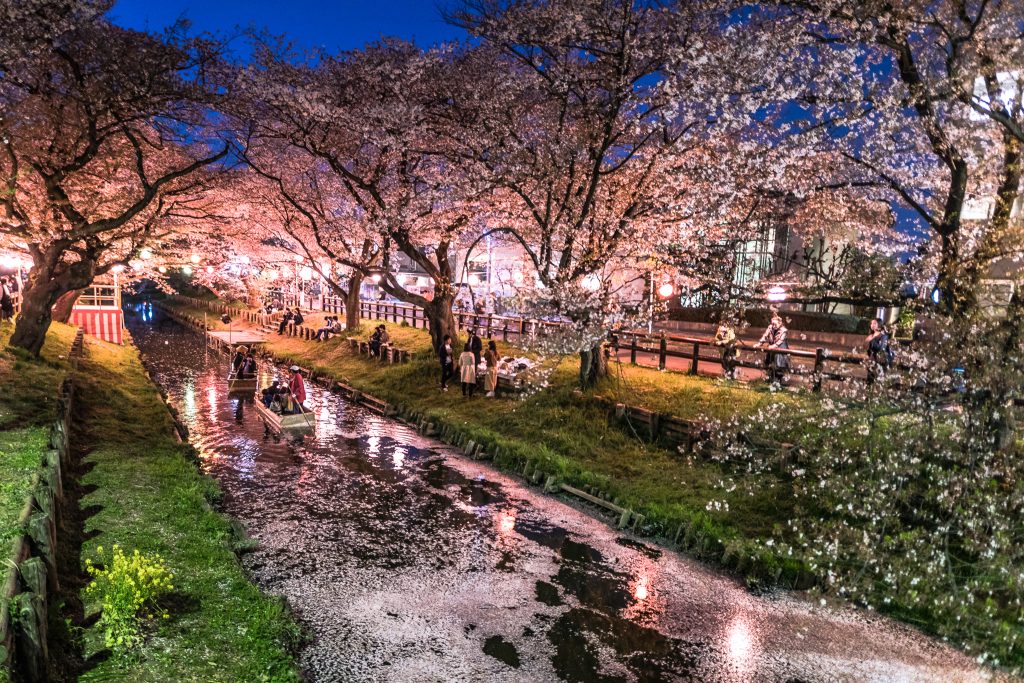
The Key Historical Landmarks of Kawagoe
Kawagoe Castle – The Last Standing Edo Castle
Though much of Kawagoe Castle was dismantled after the Meiji Restoration, Honmaru Goten (the Main Hall) remains one of the last surviving Edo-period castle residences in Japan.
Shingashi River – The Lifeline of Edo-Era Trade The Shingashi River once served as a crucial waterway linking Kawagoe to Edo (modern Tokyo). Originally flowing from Isanuma in Kawagoe to Arakawa, it became a vital trade route under Matsudaira Nobutsuna, who engineered its winding path to regulate water levels.

Kawagoe Daishi Kitain – The Temple of the Shogun
Kitain Temple, one of the most significant Buddhist sites in Kawagoe, was reconstructed using parts of Edo Castle, making it the only place where Edo Castle interiors still survive.

Kawagoe Hikawa Shrine – The Shrine of Love and Marriage
A 1,500-year-old shrine famous for blessings of marriage and family harmony, Kawagoe Hikawa Shrine has long been a sacred site revered by daimyo and commoners alike.

Toki no Kane – The Bell Tower of Kawagoe
One of Kawagoe’s most famous landmarks, Toki no Kane has been ringing four times a day for over 400 years, marking the passage of time for generations.
Kurazukuri Street – Walking Through Edo Japan
The black-walled storehouses of Kurazukuri Street are a rare surviving glimpse into the prosperity of Edo-era merchants, offering an authentic experience of Little Edo’s golden age.
Kawagoe: A Timeless Portal into Japan’s Past
In the 21st century, Kawagoe remains one of the most well-preserved historical towns in Japan, offering a window into the feudal and Edo-period past. Just 30 minutes from Tokyo, this city of samurai strongholds, merchant storehouses, and sacred temples invites travelers to step into a time long gone, yet never forgotten. For those seeking an authentic historical experience, Kawagoe is not just a destination—it is a journey through Japan’s rich and enduring legacy.

